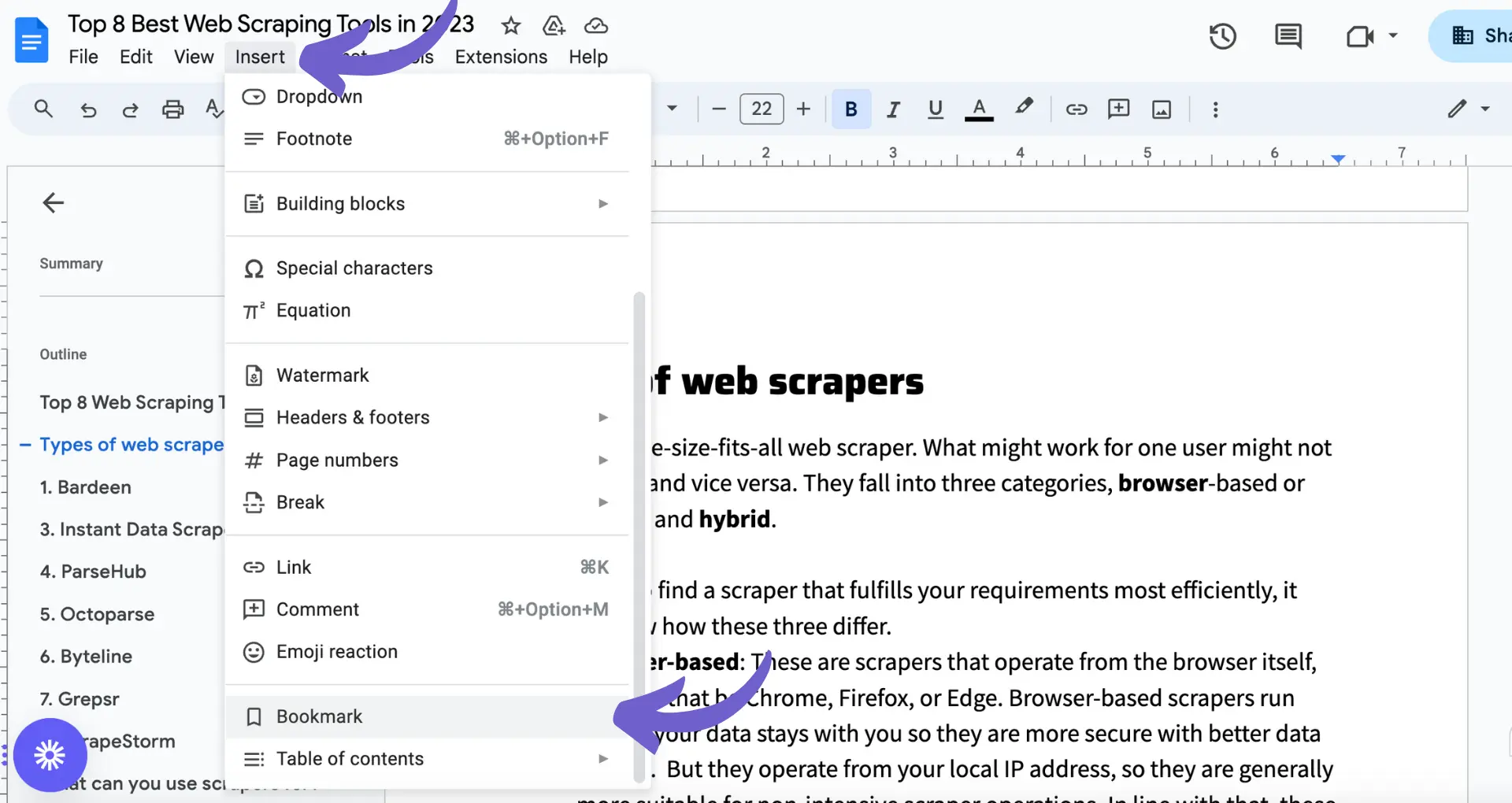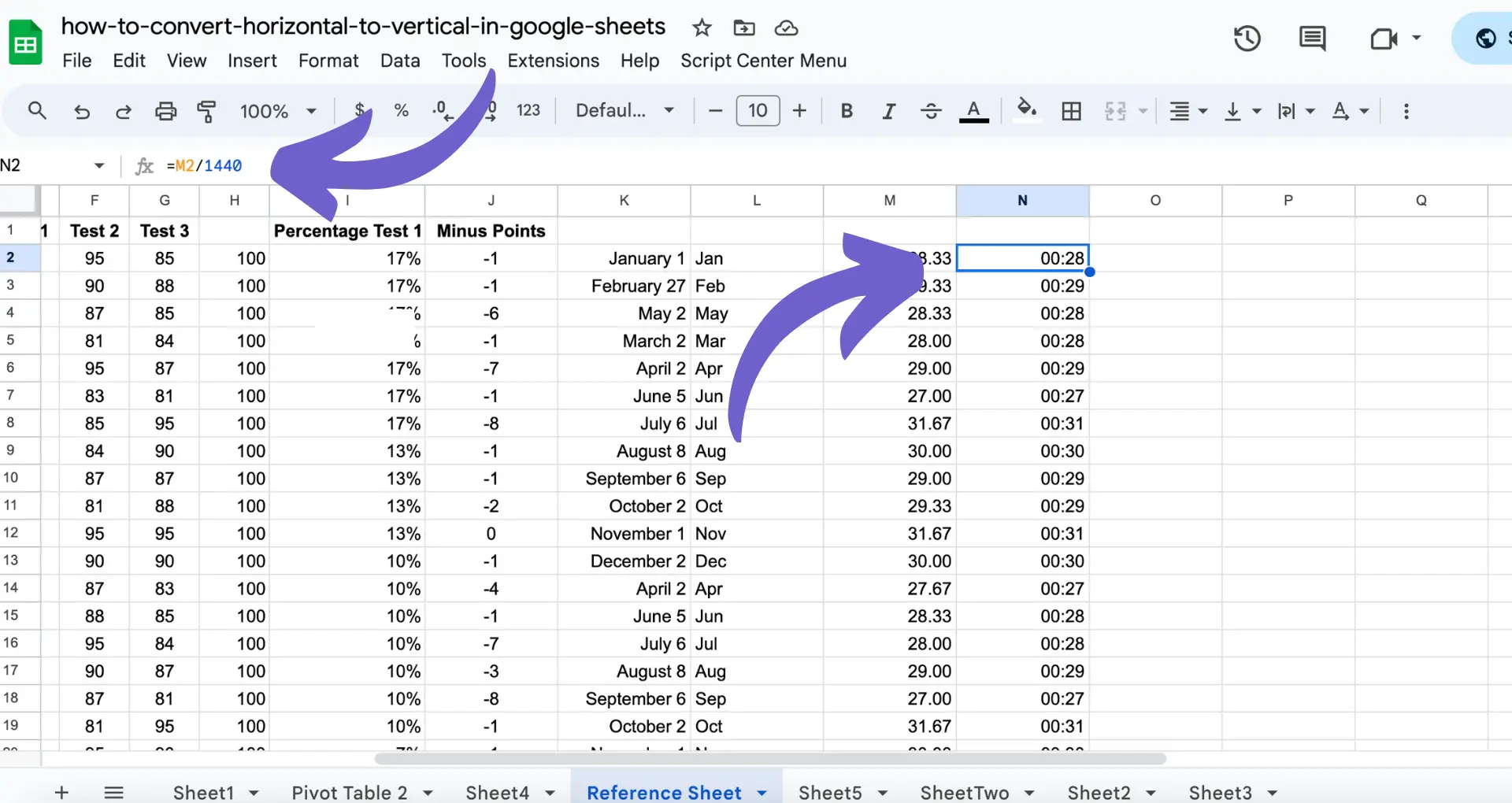Field History Tracking is a powerful feature in Salesforce that allows you to monitor and audit changes made to specific fields within your organization's records. By enabling Field History Tracking, you can maintain data integrity, ensure compliance, and gain valuable insights into how your data evolves over time. In this step-by-step guide, we'll walk you through the process of configuring and utilizing Field History Tracking in Salesforce, from understanding its benefits to managing and viewing historical data reports.
Understanding Field History Tracking in Salesforce
Field History Tracking is a powerful feature in Salesforce that allows you to monitor and audit changes made to specific fields within your organization's records. By enabling Field History Tracking, you can:
- Maintain data integrity and ensure compliance by keeping a record of who made changes, when they were made, and what the old and new values were.
- Create an audit trail that helps you understand how your data has evolved over time, making it easier to identify trends, spot inconsistencies, and troubleshoot issues.
- Gain valuable insights into your business processes and user behavior by analyzing the historical data captured by Field History Tracking.
Tracking changes to critical fields is especially important in industries with strict regulatory requirements, such as finance and healthcare, where maintaining accurate records is essential for compliance purposes. However, even in less regulated industries, Field History Tracking can provide a valuable safety net, allowing you to quickly identify and resolve data discrepancies or unauthorized changes.
Preparing to Enable Field History Tracking
Before you start enabling Field History Tracking in Salesforce, it's important to prepare by identifying the objects and fields that require tracking. Follow these steps to access the necessary settings:
- Log in to your Salesforce account and click on the Setup icon in the top-right corner of the page.
- In the Setup menu, use the Quick Find search box to locate and click on "Object Manager".
- In the Object Manager, select the object for which you want to enable Field History Tracking.
When deciding which fields to track, consider your organization's specific business needs and compliance requirements. Some questions to ask yourself include:
- Which fields contain sensitive or critical information that requires monitoring?
- Are there any fields that are frequently updated and need to be audited for changes?
- What level of granularity do you need in your field history data?
Keep in mind that Salesforce limits the number of fields you can track per object, so it's essential to prioritize the most important fields for your organization's needs. Consider using tools to automate enrichment and other repetitive tasks to maintain data quality.
Save time and improve data quality by using Bardeen to automate your enrichment and qualification. Focus on important tasks while Bardeen handles the repetitive work.
Configuring Field History Tracking Settings
Once you have identified the objects and fields that require history tracking, follow these steps to enable Field History Tracking in Salesforce:
- In the Object Manager, click on the object for which you want to enable Field History Tracking.
- Select "Fields & Relationships" from the left sidebar menu.
- Click on the field you want to track and scroll down to the "Field History Tracking" section.
- Check the box next to "Track Field History" and click "Save".
- Repeat steps 3-4 for each field you want to track on the selected object.
It's important to note that Salesforce limits the number of fields you can track per object to 20. If you have more than 20 fields that require tracking, you'll need to prioritize the most critical fields based on your organization's needs.
To make the most of the 20-field limit, consider the following strategies:
- Group related fields together and track changes at a higher level, rather than tracking each field individually.
- Focus on fields that are most likely to be updated frequently or contain sensitive information.
- Regularly review and reassess your tracked fields to ensure they align with your current business requirements.
By carefully selecting the fields to track and staying within the 20-field limit, you can effectively leverage field history tracking to maintain data integrity and comply with audit requirements.
Adding Field History to Page Layouts
After enabling Field History Tracking for specific fields, you need to make the field history visible to users by adding the related list to the object's page layout. Here's how:
- Navigate to Setup \u003e Object Manager and select the object for which you enabled Field History Tracking.
- Click on "Page Layouts" and select the layout you want to modify.
- In the page layout editor, locate the "Related Lists" section.
- Click and drag the "Field History" related list from the list of available related lists to the desired position on the page layout.
- Click "Save" to apply the changes.
If you have multiple page layouts for an object, repeat these steps for each layout where you want the Field History related list to appear.
To provide users with a more comprehensive view of the field history, consider placing the related list in a prominent position on the page layout, such as near the top or in a dedicated tab.
Streamline your Salesforce page layout edits by using Bardeen to connect Google Sheets. Automate data updates and focus on what's important.
For visual guidance on modifying page layouts in Salesforce, consult the official Salesforce documentation or explore online resources, such as Trailhead modules and community forums, which often include screenshots and step-by-step instructions.
Managing and Viewing Field History Reports
Salesforce automatically captures field history data when you have Field History Tracking enabled. To access and analyze this data for audit and reporting purposes, follow these steps:
- Navigate to the Reports tab in Salesforce and click on "New Report".
- Select the "Field History" report type under the "Administrative Reports" folder.
- Choose the object for which you want to view the field history data and click "Create".
- In the report builder, you can customize the report by adding filters, groupings, and columns to focus on specific fields, time periods, or users.
- Run the report to view the field history data, which includes details such as the field name, old value, new value, date of change, and the user who made the change.
To gain deeper insights into historical data and track changes effectively, consider creating custom reports that combine field history data with other relevant information, such as:
By leveraging the power of Salesforce's reporting tools and combining field history data with other key metrics, you can create comprehensive audit trails, identify trends, and make data-driven decisions to improve your business processes.






